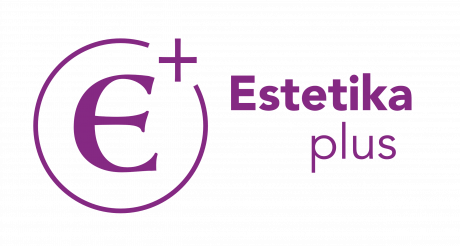Perineoplasty
The perineum, or perineum, is the area between the vagina and the anus. Due to its central location, it is an important structure supporting the entire pelvic floor. Abnormal function of the perineum occurs relatively frequently. The reason is often a birth injury or a gradual descent of the pelvic organs, which eventually affects the perineum.
The result is a decrease in the quality of life: pain during sexual intercourse (so-called dyspareunia) or, conversely, insufficient perception of your own intercourse by you or your partner. Pain can also occur only when touched (e.g. when wiping after the toilet). In some cases, one of the main problems is unwanted gas leakage or loose or hard stools. Most women may also be bothered by a defective perineum for aesthetic reasons.
Perineal plastic surgery can correct the problem area. Its task is to eliminate or at least correct the above-mentioned problems. The plastic surgery will increase functional comfort and contribute to your greater self-confidence.
A preoperative consultation will help you determine whether and which type of plastic surgery is suitable for you. If a combined approach is appropriate, other alternative treatment (e.g. laser therapy) is possible.
How is the operation performed
The length of the operation depends on the extent of the defect. It usually takes 20-40 minutes. It can usually be performed under so-called analgosedation and local anesthesia. At the beginning of the operation, the boundaries of the defect itself are identified again. Usually, the defective area is excised and then the perineum is remodeled. In the case of more extensive reconstructions and unwanted stool leakage, careful plastic surgery of the anal sphincter is sometimes added.
The aesthetic effect is almost immediate. The functional effect occurs after the entire area has healed, which takes about a month.
This type of operation is performed on an adult woman, preferably after fulfilling her own fertility plans. However, in the case of significant problems, this is not a strict condition.
What happens after the operation
The postoperative course shows only minimal pain, which responds well to analgesics. Suitable daily herbal baths (rape, oak bark, witch hazel, etc.) with subsequent drying (using a hairdryer) contribute to adequate healing.
To exclude or early diagnose postoperative problems, a check-up at our clinic is recommended at weekly intervals or when a problem is felt.
The specific details of your surgical procedure, including answers to all possible questions, are the content of a personal consultation meeting.
Are you interested in a consultation?
